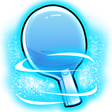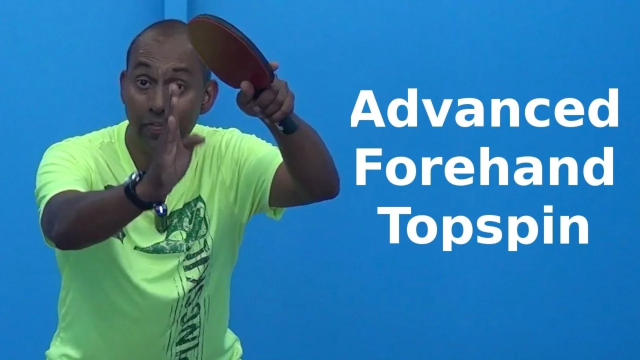Common Beginner Problem
Strokes
Ji-Soo Woo Asked 17 years ago
I am not an expert by any stretch, but when watching beginning table tennis players I notice one common problem. They tend to dramatically change the angle of the racquet face through a stroke. The most common problem is where they hit the ball with the racquet face perpendicular to the direction they want to ball to travel to (so there is no spin at all imparted) and then try to whip the racquet face closed in the follow-through in order to impart topspin/control. I notice I do this myself when I smash, to get the power of a flat shot whilst trying to get a bit of control... I do get decent power, but I notice I hit the ball too long way too often as well.
This observation led me to a question. Is it a golden rule of table tennis that you should NEVER change the angle of the racquet face through a shot? So, if you wanted to hit top spin, you might bring your racquet face down 45 degrees but you keep it at 45 degrees before, during and after the stroke. If so, I guess that's the big difference between tennis strokes (where you meet the ball with the 'full face' of the racquet head and then impart spin on the follow-through) and table tennis strokes. With tennis, the distances are much greater so you need more power than spin.
Can you confirm whether this is always the case? Or are there situations in table tennis where you SHOULD alter the racquet head angle during a stroke? Hope you can follow me without the aid of diagrams etc...
Cheers
Ji-Soo
 Alois Rosario Answered 17 years ago
Alois Rosario Answered 17 years ago
Hi Ji-Soo,
I tend to teach players to have the one angle all the way through the stroke. It eliminates errors through changing the angle.
If you are constantly changing the angle through the stroke, you have to have your timing perfect to get the stroke just right. If not you will hit a lot of top edges or miss the ball completely.
It would be interesting to see some super slo-motion of the tennis stroke and see whether they are really coming over th eball while it is on their racket. If they are coming over it after the ball has gone there seems little point.
An interesting one...
Recommended Video
Advanced Forehand Topspin
Once you've mastered the start and finish position of the forehand topspin, you can start to focus on finer details. In this video we talk about the position of your legs, weight transfer, varying the finish position, incorporating footwork, the use of your wrist, and the angle of your bat for the stroke.
Watch NowNo comments yet!
Become a free member to post a comment about this question.
